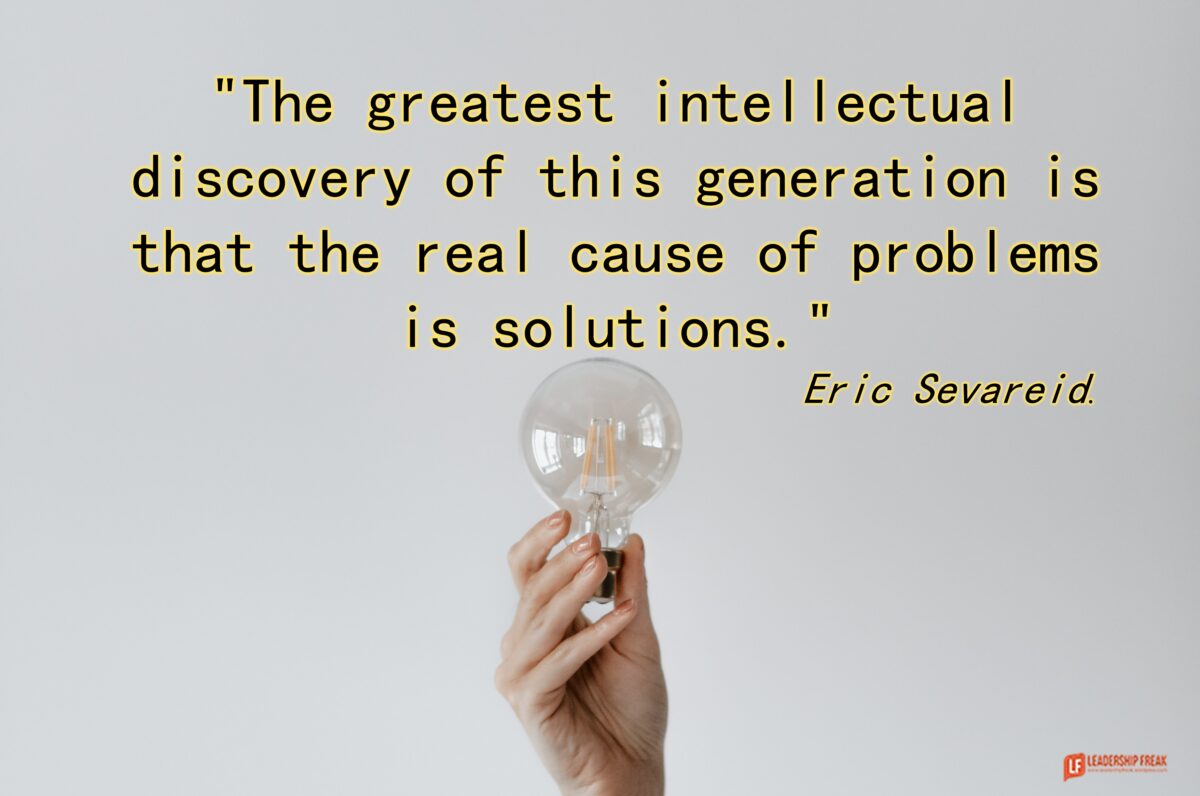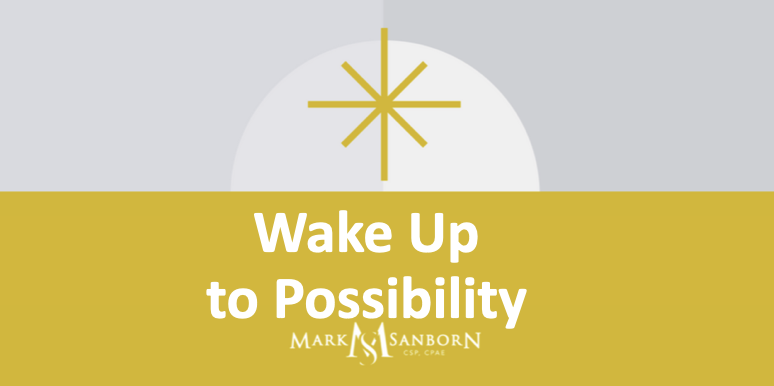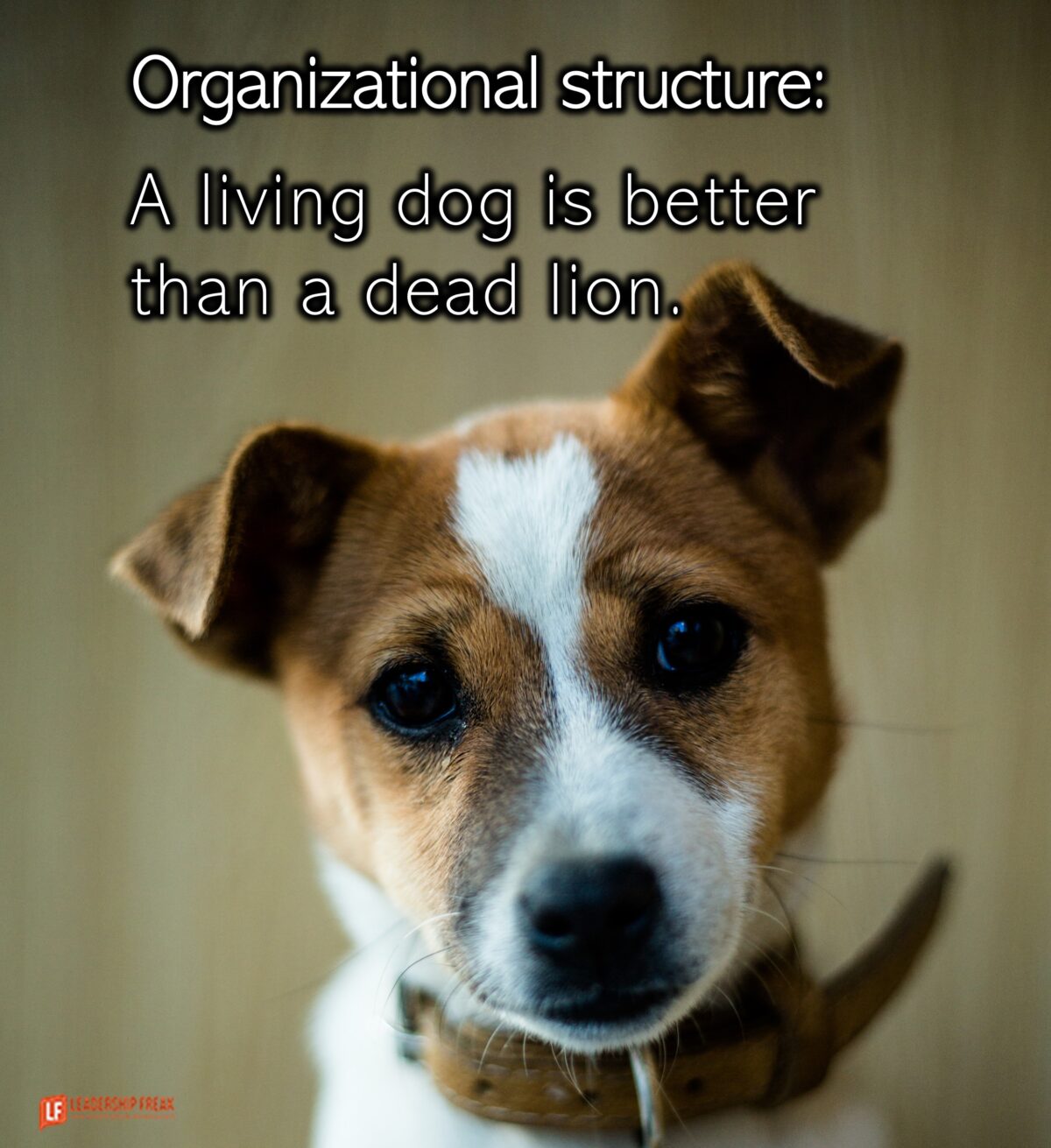When Solutions Create Problems
“The greatest intellectual discovery of this generation is that the real cause of problems is solutions.” Eric Sevareid.
- Prohibition (1920-1933) helped organized crime develop.
- Social media was supposed to strengthen connections.
- Overuse of antibiotics leads to superbugs.
- Email causes inefficiencies.
Overcome the danger of solutions:
#1. Walk around the problem:
Three blind men come across an elephant.
The first man happens upon its leg and says it’s a tree.
The second man bumps into its trunk and shouts it’s a snake.
The last blind man feels its tail and exclaims it’s a broom.
When problems are elephants, walk around before trying to solve them.
#2. Avoid anchoring bias.
“… we can be blind to the obvious and we are also blind to our blindness.” Daniel Kahneman
- Walk around the elephant with others. Ask them to define the problem.
- Ask, “What problem are you solving,” when someone brings you a solution.
- Ask, “What are we missing?”
- Use the Five Whys approach.
- Why? – The battery is dead.
- Why? – The alternator is not functioning.
- Why? – The alternator belt has broken.
- Why? – The alternator belt was well beyond its useful service life and not replaced.
- Why? – The vehicle was not maintained according to the recommended service schedule. (Root cause)
“Our comforting conviction that the world makes sense rests on a secure foundation: our almost unlimited ability to ignore our ignorance.” Kahneman
#3. Confront confirmation bias.
You’re a genius in your own mind. You don’t have stupid ideas intentionally. We search for reasons we’re right not for reasons we’re wrong.
We don’t see our own stupidity until it smacks us in the face.
- Ask, “What if I’m wrong?”
- Explore assumptions. What do you assume will happen if you implement your solution? What needs to be true for your solution to work?
- Sleep on it.
- Develop three solutions before choosing one.
How might solutions cause problems for leaders?
Still curious:
5 Things to Do When Pedaling Faster Doesn’t Work
John David Mann and I invite you to checkout our new book, The Vagrant: The Inner Journey of Leadership.



































